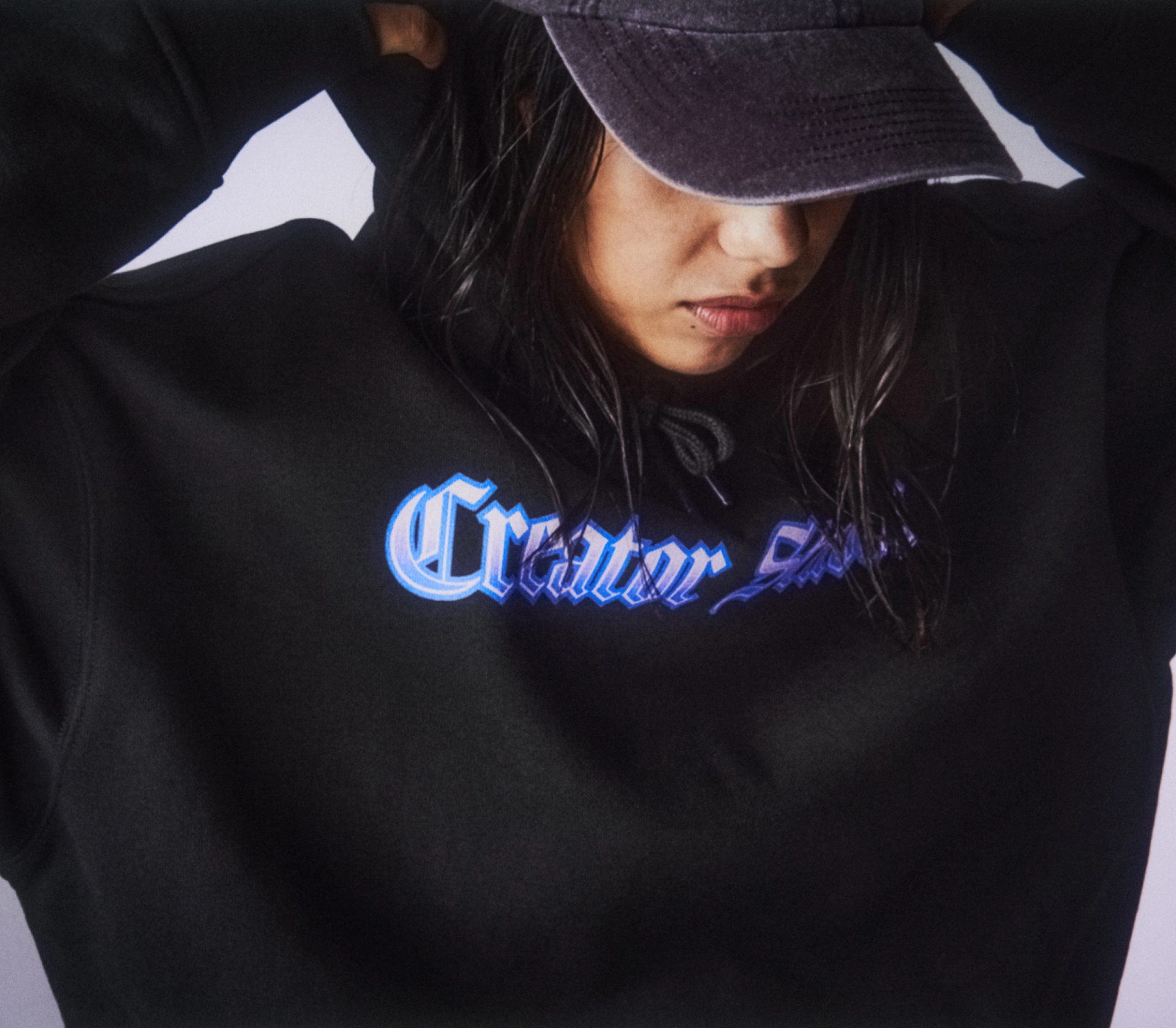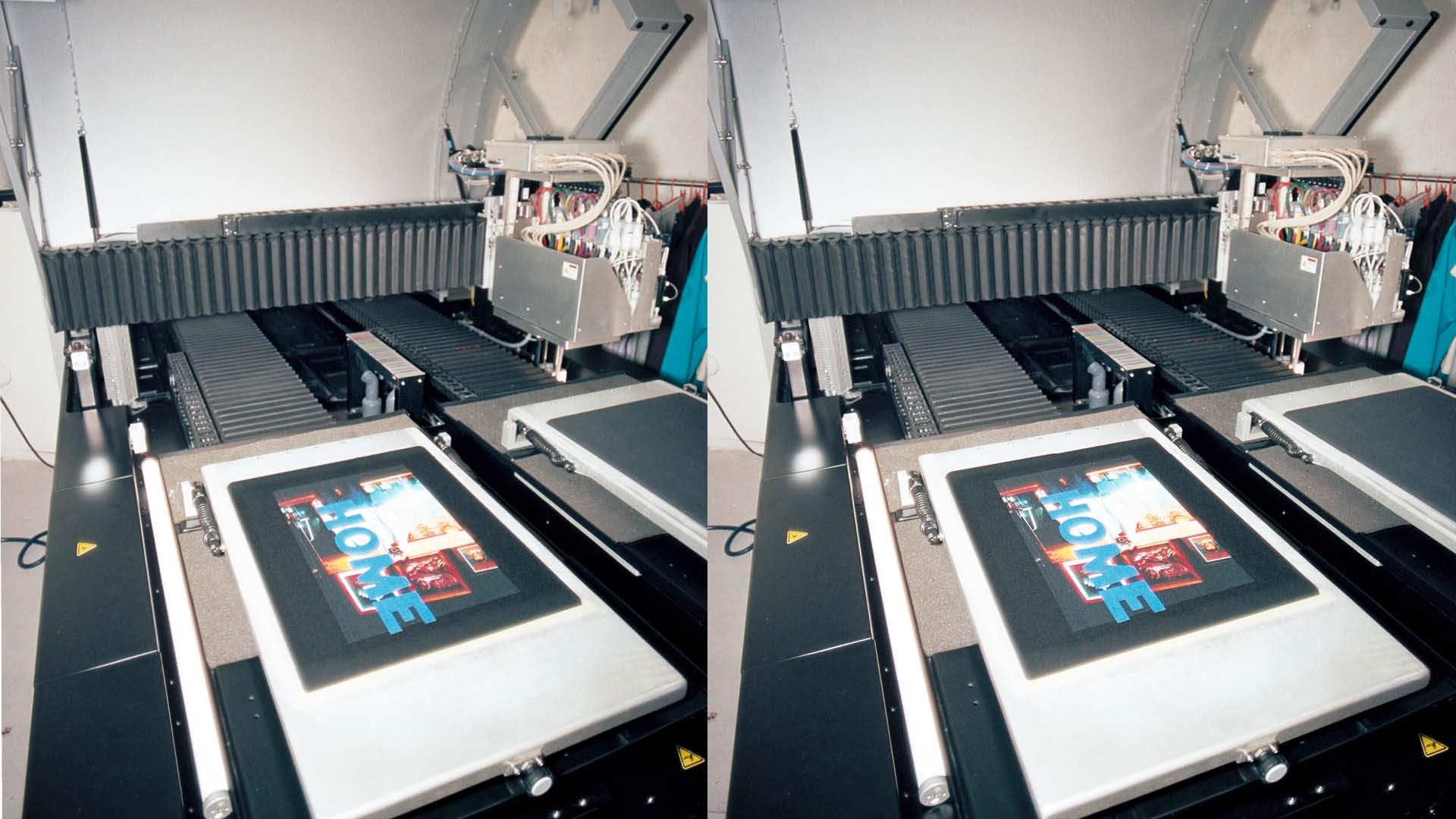Creator studio

how to create a marketing calendar
In the fast-paced world of fashion, staying ahead requires more than just great designs. A well-crafted marketing strategy is essential for your on-demand fashion brand to thrive. One powerful tool to streamline your promotional activities is a well-crafted marketing calendar. In this guide, we'll delve into how to create a marketing Calendar that fits the goals of your label.
what is a marketing calendar?
A marketing calendar is a blueprint that outlines and structures a brand’s promotional activities over a specific period. You can use it to visually represent your marketing plan and help coordinate campaigns, launches, and promotions seamlessly. It can be as detailed as you want, but it’s a very helpful document, especially if you’re a small label starting out.
how to create a marketing calendar: a step-by-step guide
1. Define Your Goals and Objectives
- List the key objectives for your brand. Perhaps it’s boosting sales, growing your brand awareness, launching new products or collections, developing a new territory, etc. If you want, you can set SMART goals for these (Specific, Measurable, Achievable, Relevant, Time-bound).
2. Know Your Audience
- If you haven’t already, develop buyer personas to understand your target audience.
Align marketing activities with the personas you’ve made. For example, linking up with a local fashion influencer for a collaboration, to engage with their audience of 18-32 year old females based in London.
3. Research Industry Trends
- Stay ahead of the curve by monitoring fashion trends and consumer preferences.
- If relevant, bring trending themes into your marketing calendar for timely and relevant campaigns. I.e. Use your new influencer in London to wear and promote your new collection during London Fashion Week, where she is hosting a seminar on sustainability at the Royal College of Art.
4. Outline Key Marketing Channels
- Choose the platforms that resonate with your audience: social media, email, influencers, etc.
- Highlight which channels suit each of your activities, based on the most effective channels for each one.
5. Create a Content Calendar
- Plan engaging content aligned with your initial marketing objectives from step 1.
- Think about the sorts of visual assets and types of content you need to generate for each activity. Like creating a short social media film and three images to support the seminar you’re supporting during London Fashion Week that your new influencer partner and press could use.
6. Schedule Campaigns and Launches
- Plot specific dates for the activities you’ve decided to focus on. If you need to, you can expand with any lead times for content and asset making so you’re not rushing everything ad-hoc.
- Ensure a balanced distribution to avoid overwhelming your audience with constant promotions. And use your chosen channels wisely and with relevance.
- It can be a good idea to mark the timings of when you need to send content live, so your chain of events is structured and easy to action.
7. Budget Allocation
- If you have a marketing spend, give each initiative a budget to help you track it’s return on investment.
- Keep a little in reserve for activities that may pop up unexpectedly that you can capitalize upon.
8. Monitor and Analyse Results
- Use analytics tools to measure the success of each marketing campaign.
- Use your findings to refine future marketing strategies and improve performance.
Conclusion: By strategically planning and implementing your promotional activities, you stay ahead of trends and create a consistent and engaging brand experience. The key to success lies in creating a marketing calendar and adapting and refining it as your brand evolves. Stay agile, be creative and it will bring results.

What Is Print On Demand
Our simple breakdown of print on demand as a business model, and explainer on why it's changing how we make fashion and enable creativity.
Read more
How To Start A Print On Demand Business
Want to start a print on demand business? Here's Creator Studio's simple guide to getting up and running in the most dynamic and creative industry out there.
Read more
How To Create And Sell Merchandise Online
The Creator Studio guide to creating and selling on demand merchandise online.
Read more
How To Create A Clothing Collection
Everything you need to know about starting your own clothing collection from scratch, using print on demand to mazimise your success while keep costs to basically zero!
Read more
How To Sell Merch On Spotify
Read our guide and learn how to link Shopify to Spotify. A win-win situation for a record label, band, producer or artist!
Read more

Screen Printing vs DTG
Read our guide about the difference between Screen printing and DTG (direct-to-garment) printing!
Read more
© Creator Studio 2025 - Part of H&M Group
106 38 Stockholm, Sweden